“Our cats don't need to be vaccinated. They never leave the house.”
“The breeder said Ragdolls don't need to be vaccinated.”
“Cats don't need all these vaccines - it's just a way for vets to make money.”
Vaccines are the cornerstone of feline preventive care, yet comments like these are not rare.
In the U.S. and across the pond, cats remain significantly under-vaccinated compared to dogs. Vaccine hesitancy, misinformation and barriers to care are leaving cats disproportionately vulnerable.
Here's the good news: As cat ownership surges in the U.S., the lag in feline vaccine uptake is driving innovation in cat-friendly (well, friendlier) preventive care. Read on to find out more.
P.S. Don't forget to check out this week's featured feline (at the end of the post)!
In the news
😽 Veterinary school warns of severe feline illness following ingestion of oclacitinib chewable tablets
Why do cats trail behind dogs in vaccine protection?
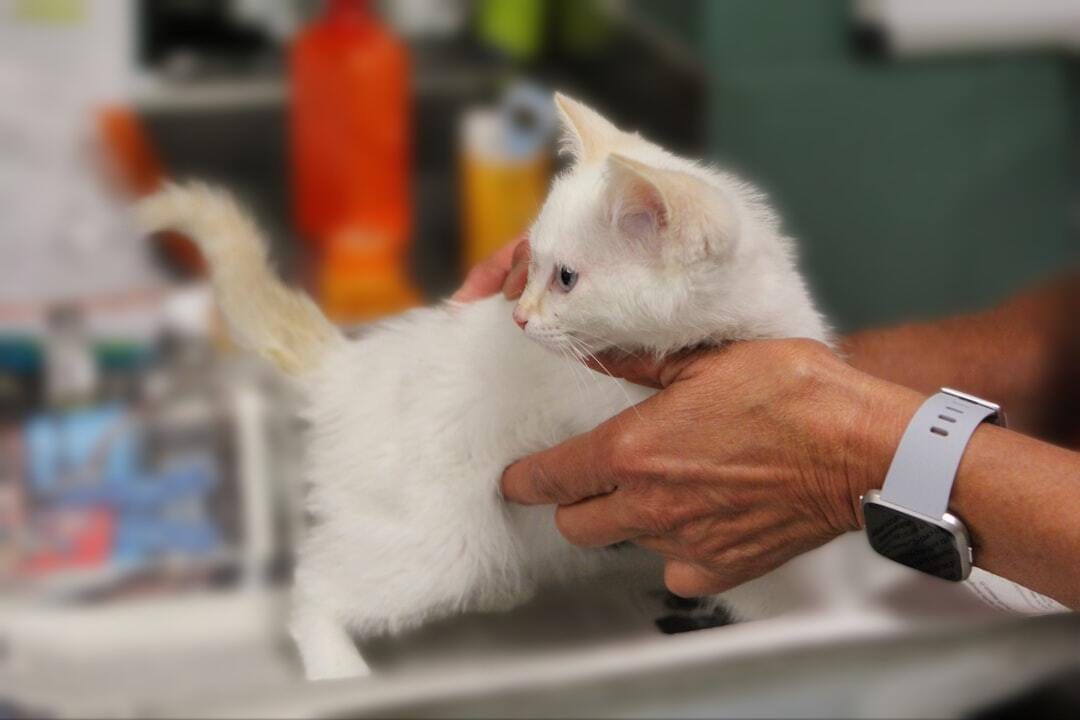
Vaccines are the cornerstone of feline preventive care. Yet cats are increasingly falling behind on their core protections: rabies, feline viral rhinotracheitis (FHV-1), feline calicivirus (FCV), and feline panleukopenia (FPV), with feline leukemia virus (FeLV) also widely recommended.
This lag in coverage isn’t just a U.S. phenomenon. A similar pattern has been observed across the pond. Consider these numbers:
Dogs | Cats | |
|---|---|---|
Percentage of pet owners identified as vaccine hesitant (US)1 | 22% (2024) | 26% (2024) |
Percentage unvaccinated for rabies (US)2 | 4% (2024) | 12% (2024) |
Vaccinated within a year of vet visit (UK)3 | 69.04% (2022) | 66.12% (2022) |
The cat vaccination gap appears to be the perfect storm of several factors:
Vaccine hesitancy & safety concerns
Alarmingly, anti-vaccination sentiment has spilled over from human vaccines to pet innoculations. According to a study by Simon F. Haeder published in the American Journal of Veterinary Research this year, this under-researched trend has a substantial impact on pet health, with over half of surveyed pet owners questioning the effectiveness of vaccines.
Not only that:
Vaccine hesitancy disproportionately affects cats: In the U.S., 25.9% of cat parents were identified as ‘vaccine hesitant,’, compared to only 21.7% of dog owners; and
Clear impact: Approximately 12% of cats remain unvaccinated for rabies, compared to only 4% of dogs.
This trend is mirrored across the pond:
Cat parent attitudes: A survey in 2017 by Meriel showed that nearly half (48%) of UK cat owners skipped annual vaccinations, and about 28% don’t vaccinate at all, often under the mistaken belief that vaccines are “unnecessary”.
Fear of side effects: Some owners reportedly worry about reactions like lethargy, swelling, or feline injection-site sarcomas (FISS).
Misconceptions on feline needs
A quick trawl through online surveys and social media (hello, Reddit) revealed several common themes:
“They were vaccinated as kittens, so they’re fine” | Many owners don’t realise core vaccines need periodic boosters to maintain protection. |
“Indoor cats don’t need vaccines” | A common belief, but viruses can be carried in on shoes, clothing, or via other pets into the home. Rabies can be brought indoors by rodents and bats. Or, cats can catch viruses at the veterinary clinic. |
“The breeder said Ragdolls don’t need vaccines.” | Comment from several Reddit users, i.e. misinformation from breeders. |
“They’re too old to vaccinate.” | Some think senior cats are less vulnerable; in reality, immunity can wane with age. |
“We don’t have that disease here.” | In some areas, outbreaks of certain diseases are rare, leading pet parents to underestimate the risk. |
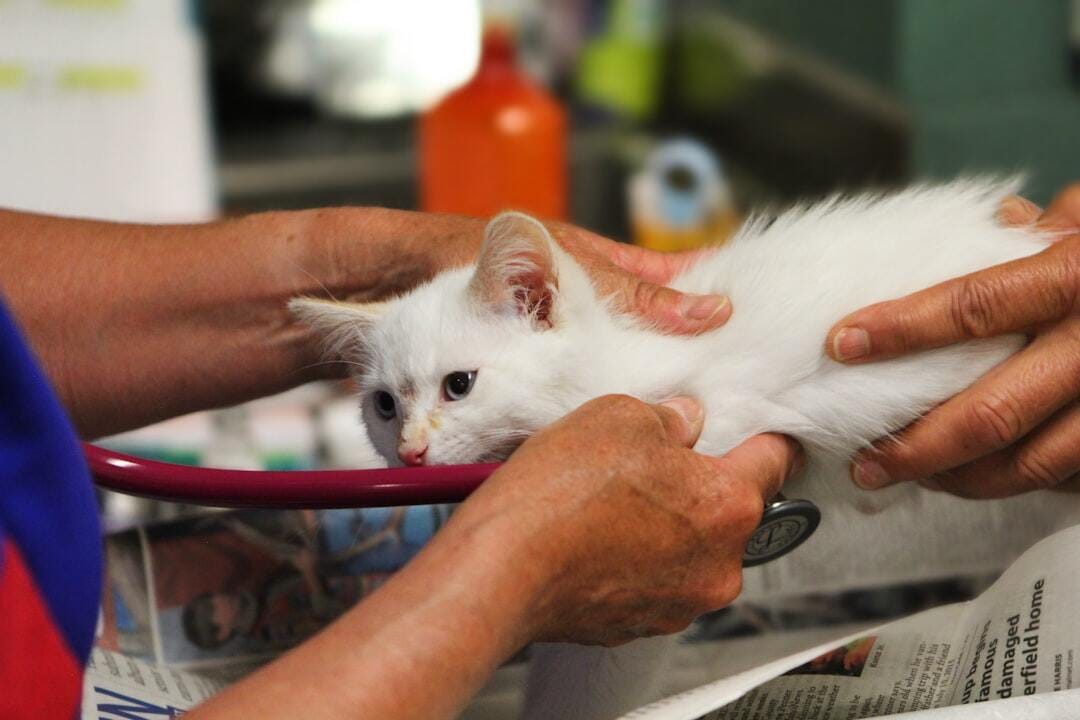
Veterinary access & cost
Another reason cats visit the vet less often is that most veterinary practices are geared primarily toward dogs, with fewer resources and environments tailored to feline needs.
And as always, cost is a major factor.
Stress from transport: Cats often dislike carriers, car rides, and unfamiliar environments, making owners delay or skip visits. Many owners avoid annual check-ups entirely. Without regular visits, vaccination schedules may lapse.
Uneven access: Lack of cat-friendly clinics. Rural or low-income areas may have fewer clinics offering affordable feline vaccines.
Cost barriers: Especially in regions with low pet insurance uptake, out-of-pocket costs for vaccines can deter compliance.
Vet-cat parent communication gaps
In many cases, skipped vaccinations are simply the result of life getting busy and appointments being missed.
Some vets may not actively follow up if a cat misses a booster, or may give mixed messages about which vaccines are “essential.”
Without clear reminders and explanations, owners may think skipping vaccines is harmless.
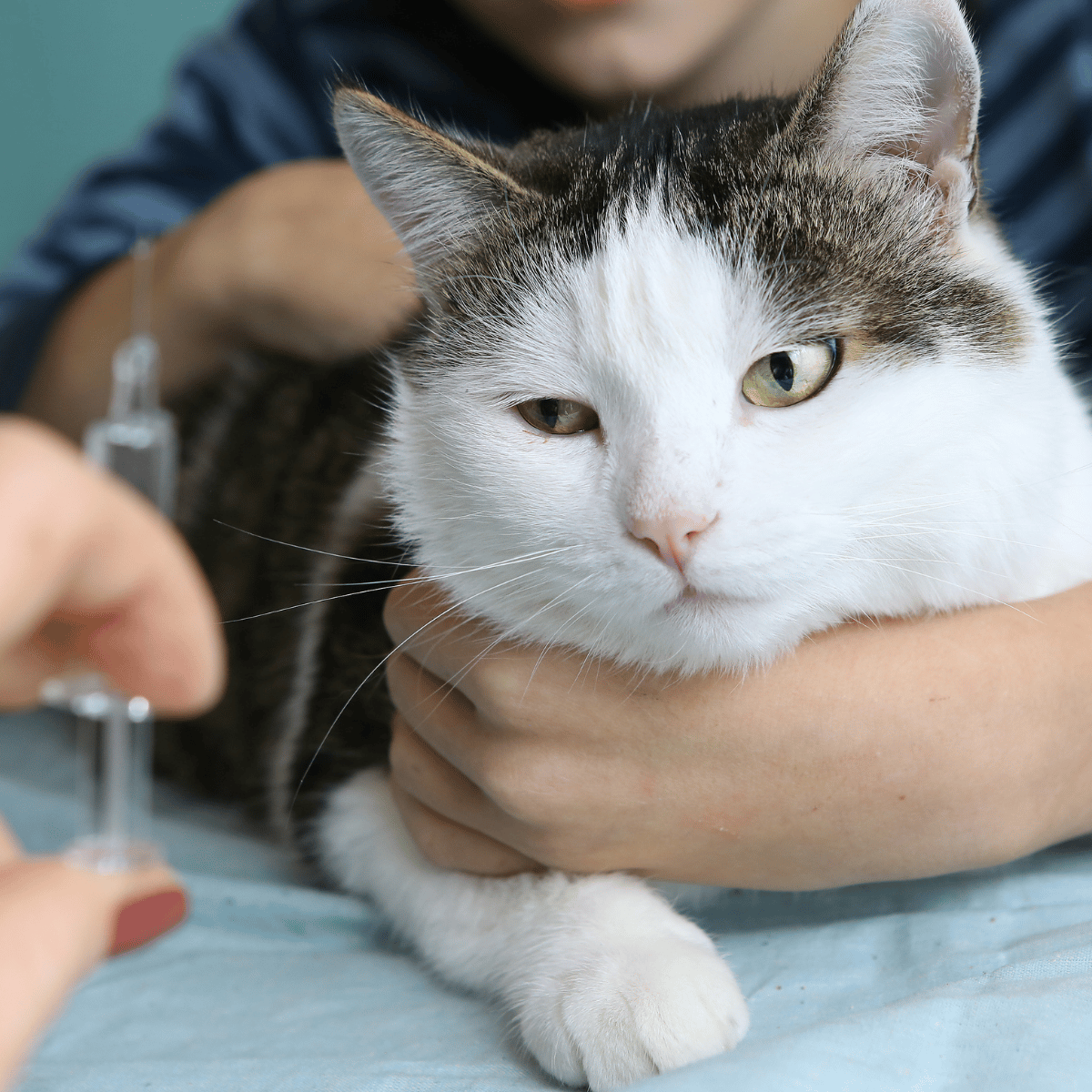
How to fix the feline vaccination gap
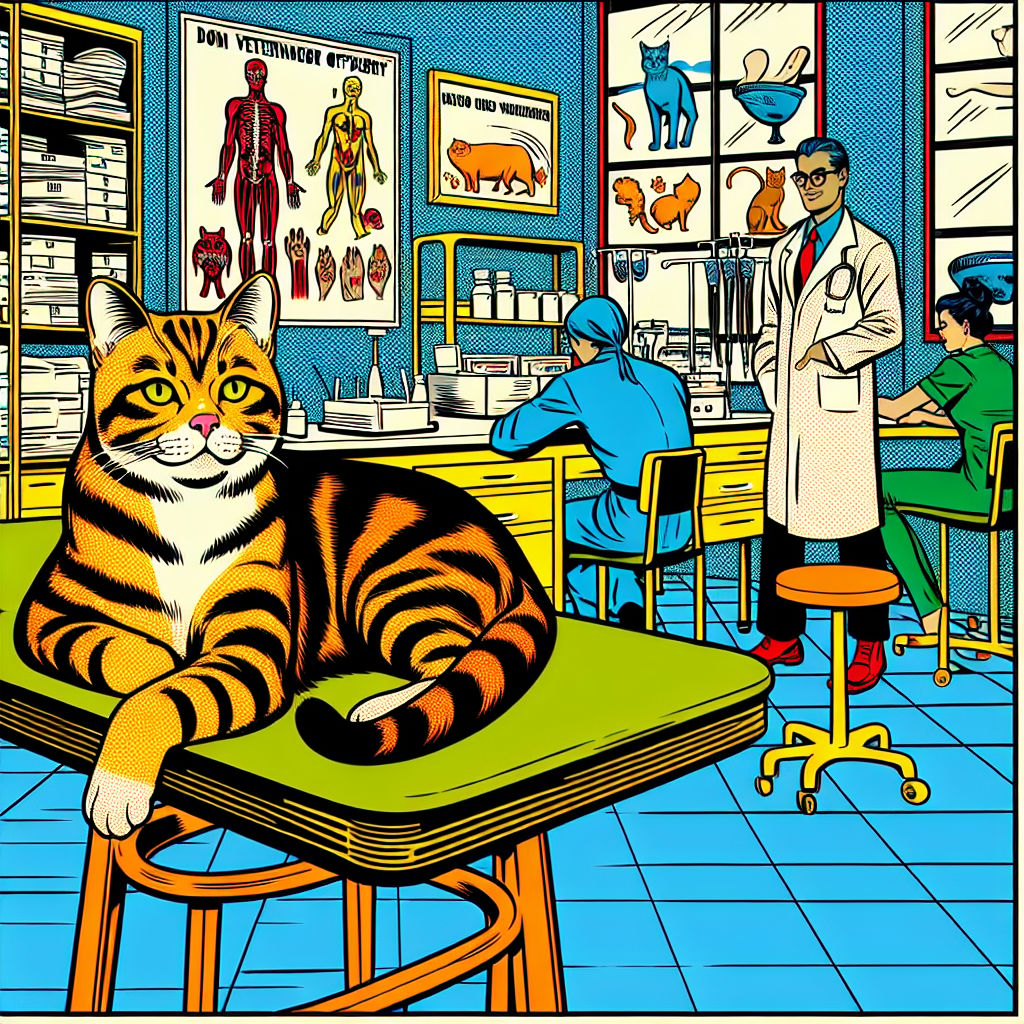
Here's the good news: as cat popularity surges, the need for cat-friendlier vaccination is driving innovation across vaccine delivery, pet parent engagement, and clinic design.
Needle-free (e.g. intranasal) vaccine delivery
Already used in canine medicine, intranasal vaccine formulations are gaining ground for feline use. They offer a needle-free alternative that can be administered more quickly and with less restraint.
While not yet universal, intranasal feline vaccines are part of a broader shift toward low-stress options, reflected in the 2024 WSAVA feline vaccination guidelines. Zoetis, for example, markets the Vanguard Feline RC Intranasal (FHV1 and FCV vaccine).
Feline-friendly clinics
Stress is one of the biggest barriers to cat vaccination. Clinics that cater to feline comfort (e.g. through separate cat waiting areas, feline-only exam rooms, low-stress and species-specific handling techniques) remove a major barrier to access to vaccination.
The American Association of Feline Practitioners (AAFP) runs the Cat Friendly Practice (CFP) certification, which encourages veterinary practices (cat-only or mixed) to adopt feline-centric, low-stress standards.
As of end-2024, there were 903 practices that had achieved CFP certification. Additionally, 355 more clinics were actively pursuing certification.
Digital reminders & wellness plans
Even motivated owners can miss boosters when schedules get busy. This is where the robots step in.
Platforms like PetDesk and Covetrus offer automated, personalised vaccine reminders via text, email, and app notifications. These can include educational content, pricing transparency, and direct scheduling links.
Some practices are going a step further with subscription wellness plans, bundling vaccines into monthly payments alongside exams, parasite prevention, and dental care. This model reduces sticker shock, simplifies budgeting, and keeps preventive care top of mind.
For example, Bond Vet’s “Bond Wellness” plan, offers unlimited exams, discounts on dental care and diagnostics, and virtual vet visits for about US$50 per month. Or EasyVet, which offers similar benefits.
Bundle preventive care: Value-driven, bundled plans that combine vaccinations, annual exams, virtual vet access, and discounts on diagnostics can flatten costs and boost retention. Small Door, for example, offers tiered plans for both price-sensitive and premium clients.
Payment plans: Only 23% of pet owners who declined care had ever been offered a payment plan, according to Gallup. This represents a significant gap: nearly two-thirds of pet parents (64%) said that payment plans would enable them to at least double the amount they could afford to pay for life-saving care for their pet.
Happy Black Cat Appreciation Day!
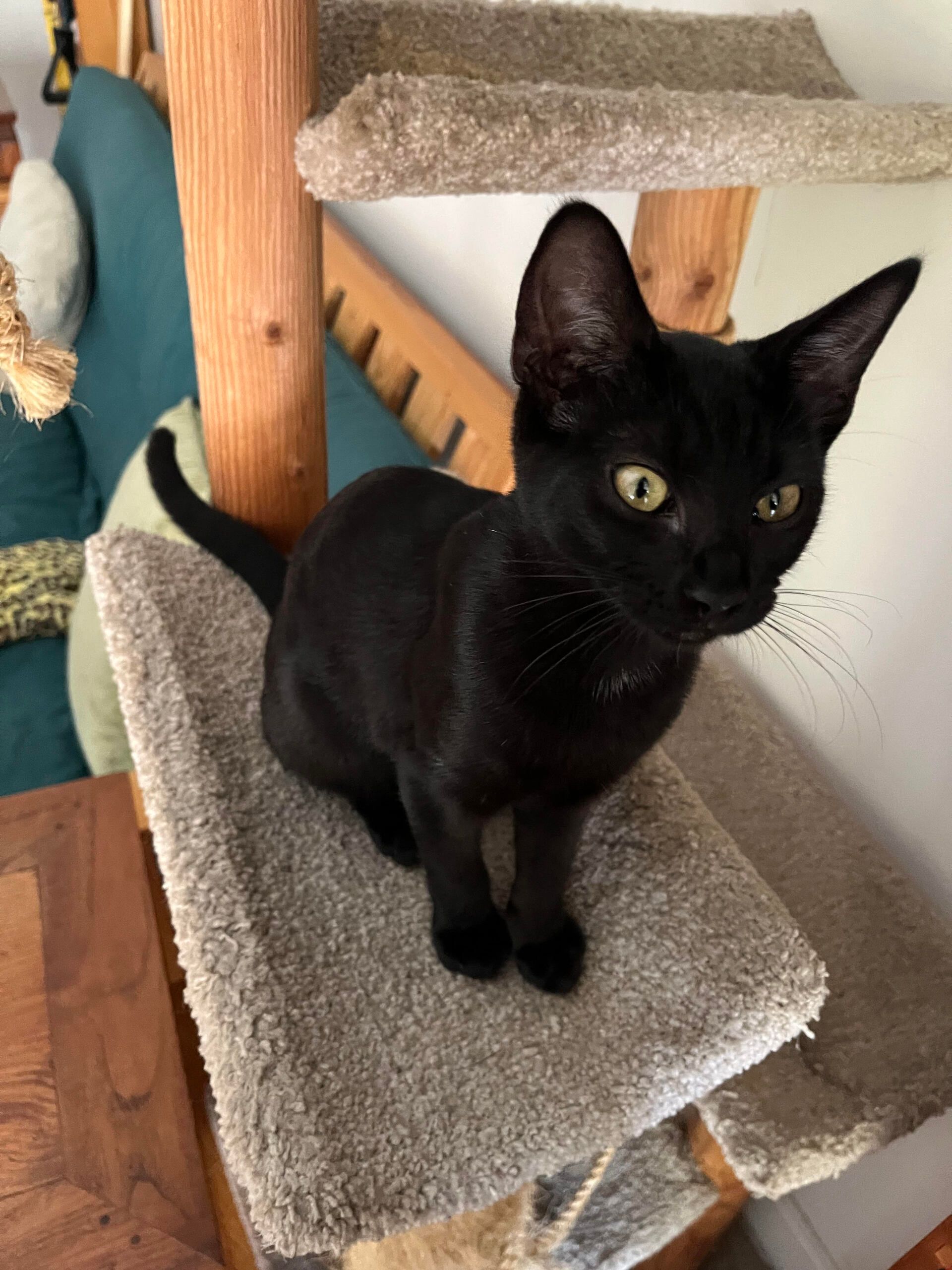
In honour of Black Cat Appreciation Day this past Sunday (August 17), we’re featuring one reader’s beloved kitten, Syrinxie!
Syrinxie (Syrinx on her driver’s licence) is named after the Greek nymph who turned into a reed to avoid Pan.
This particular Syrinx came to our reader thanks to the famous Cat Distribution System (CDS), which ensures that everyone who needs a cat in their life, receives one.
Syrinx showed up screaming and alone (and unclaimed) in our reader’s backyard on a Friday. “By Sunday morning I was able to hold her. All she had to say then was purr, purr, purr,” our reader writes.
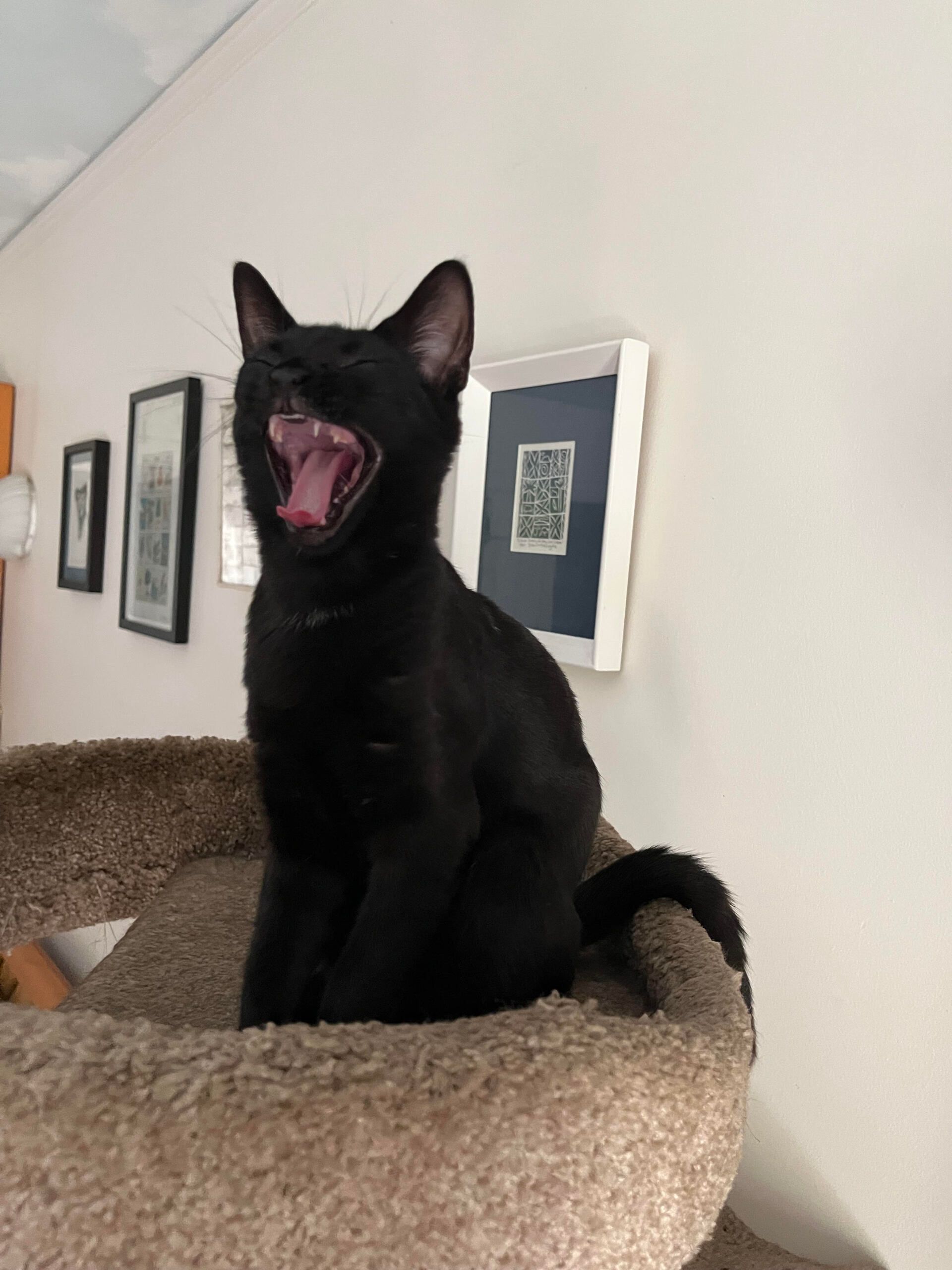
Got a few (thousand) cat photos on your phone? Go on, share them with us!
Until next week! 🐾
P.S. We’d love to know what you think! Is there anything in particular you’d like us to cover? Just reply to this email.
Know someone who would enjoy this article?